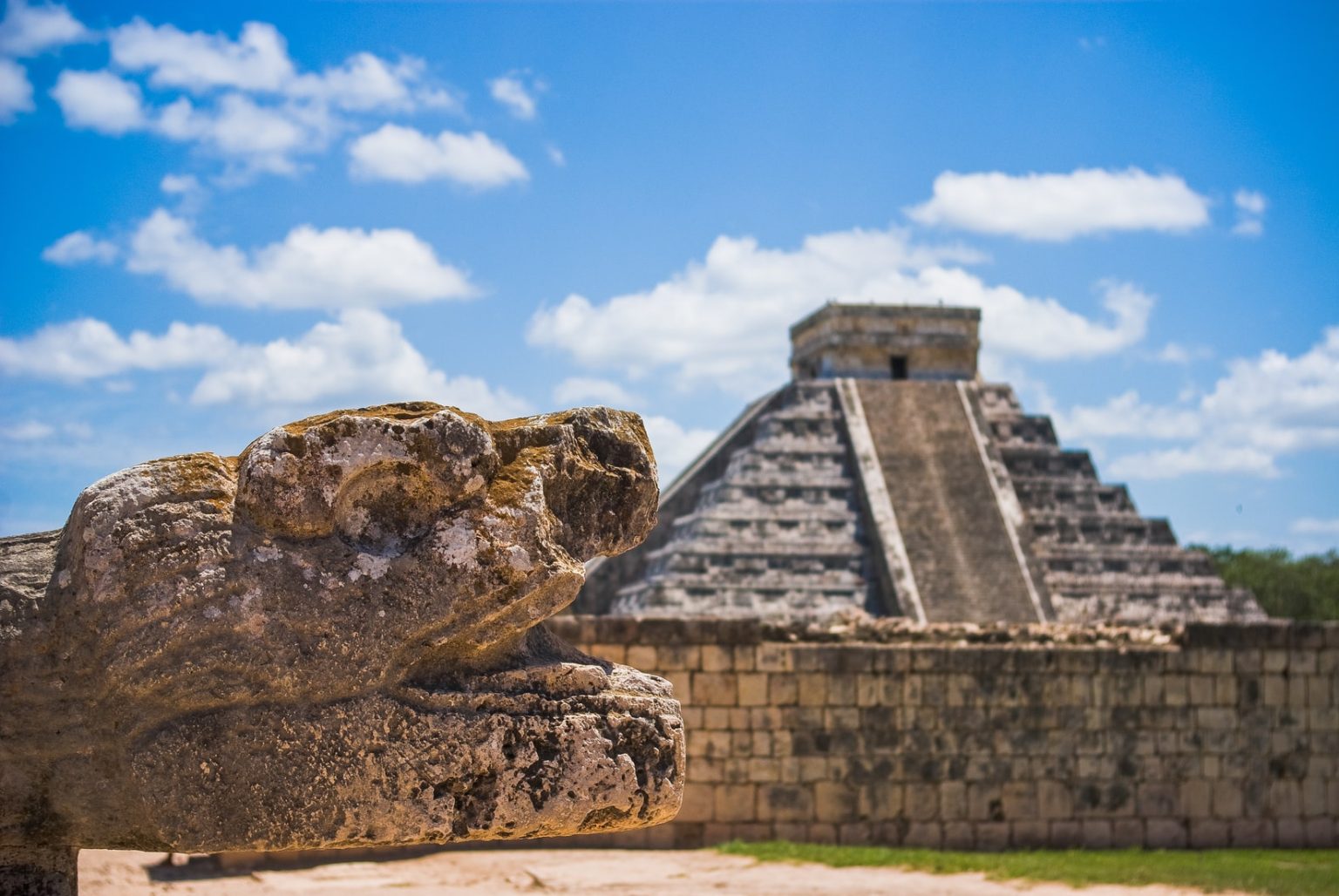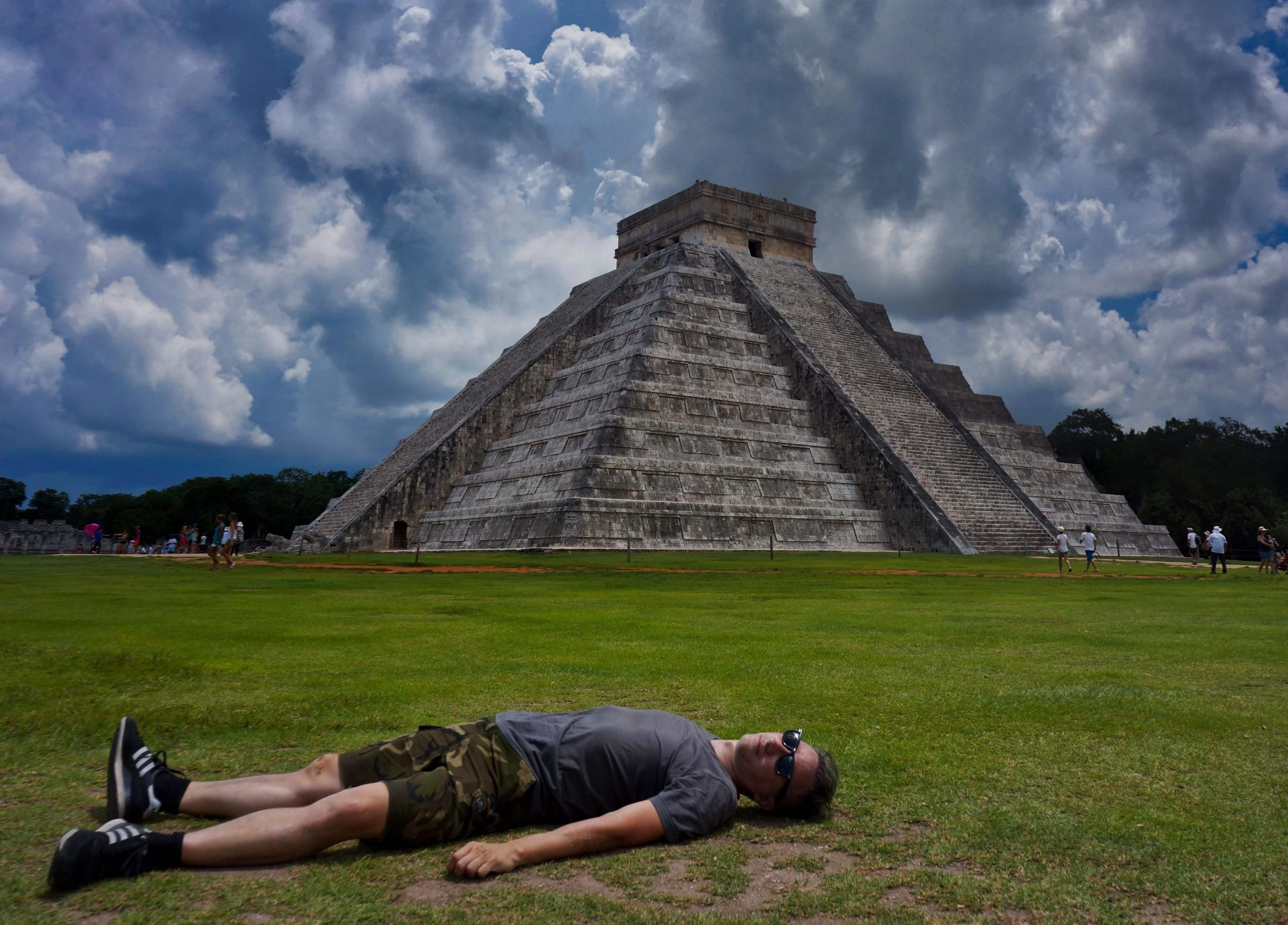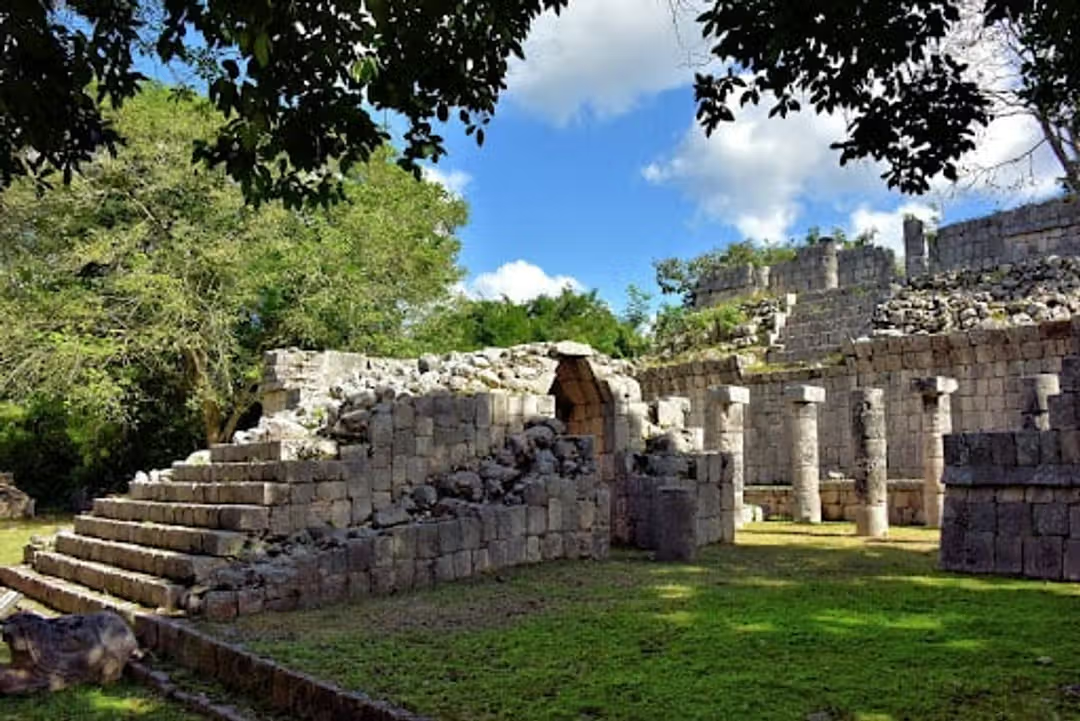Introduction: Why Chichén-Itzá Still Captivates
Located deep in the Yucatán Peninsula of southeastern Mexico, Chichén-Itzá stands as one of the most spectacular archaeological sites in the Americas. Recognized by UNESCO as a World Heritage Site in 1988, it represents an extraordinary fusion of Maya and Toltec culture, blending architecture, astronomy, art, and religion.
From its beginnings around the 6th century CE to its peak between the 10th and 15th centuries, Chichén-Itzá evolved into a major political, economic, and spiritual hub of the region.
Whether you’re a history enthusiast, archaeology lover, or curious traveler, this ancient city offers awe-inspiring monuments and timeless stories that continue to echo through the centuries.
A Timeline of Development
Early Maya Foundations (6th–10th centuries CE)
The roots of Chichén-Itzá lie in the Classic Maya period (A.D. 600–900). Early architecture reflects the Puuc style of the northern Yucatán, seen in structures such as:
The Nunnery (Casa de las Monjas)
The Church (Iglesia)
Akab Dzib (“House of Dark Writing”)
Chichan Chob (“Red House”)
The Temple of the Panels
The Temple of the Deer
These structures highlight the skilled craftsmanship, intricate reliefs, and complex symbolism characteristic of early Maya art and architecture.
Maya–Toltec Fusion (10th–13th centuries CE)
Around the 10th century, Chichén-Itzá experienced a powerful transformation through contact with the Toltecs from central Mexico. This cultural exchange produced a dynamic blend — Maya engineering fused with Toltec warrior imagery and iconography — still visible in the city’s monumental architecture.

Peak and Decline (13th–15th centuries CE)
Chichén-Itzá thrived for centuries before entering a gradual decline by the 13th–15th centuries. Construction slowed around 1440 CE, possibly due to drought, deforestation, trade shifts, or political unrest. Eventually, the site was abandoned until rediscovered by archaeologists in the 19th and 20th centuries.
The Name, Setting, and Why Location Matters
The name “Chichén-Itzá” derives from the Maya words chi (“mouth”), ch’en (“well”), and Itzá (the Maya group that lived here) — meaning “At the mouth of the well of the Itzaes.”
This “well” refers to natural cenotes, life-giving sinkholes that supplied water in the arid Yucatán.
Situated in the state of Yucatán, Mexico, about 120 km east-southeast of Mérida and 150 km east-northeast of Uxmal, Chichén-Itzá’s strategic position near trade routes and ceremonial centers helped it flourish as a regional powerhouse.
Iconic Monuments & Architectural Marvels
Chichén-Itzá is celebrated for its monumental scale, mathematical precision, and artistic genius. Among its many wonders:
El Castillo (Temple of Kukulcán)
This majestic step pyramid features four staircases, each with 91 steps, plus a top platform — totaling 365 steps, one for each day of the solar year. During the spring and autumn equinoxes, the setting sun casts a serpent-shaped shadow down the pyramid’s northern staircase — a stunning demonstration of astronomical and architectural mastery.

Temple of the Warriors & Hall of a Thousand Columns
Here, Toltec influences shine through in warrior carvings, reliefs, and columned halls that once hosted processions and ceremonies of great importance.
El Caracol (The Observatory)
This circular tower, known as El Caracol, functioned as an astronomical observatory. Its spiral staircases and window alignments showcase the Maya’s deep understanding of planetary cycles and celestial movements.
The Great Ball Court
The largest ball court in Mesoamerica, this arena once hosted ritual ball games representing cosmic struggles and divine order. Its perfect acoustics allow sound to travel effortlessly from end to end — a marvel of ancient engineering.
The Sacred Cenote
A vast natural sinkhole used for religious ceremonies and offerings, where archaeologists have found gold, jade, pottery, and human remains. The cenote symbolized a spiritual gateway to the underworld (Xibalba).
Other Notable Structures
Additional buildings — including the Nunnery, Church, Akab Dzib, Temple of the Panels, and Temple of the Deer — enrich the complex. Many were once brightly painted in reds, greens, and blues, now softly faded with time.

Outstanding Universal Value: Why UNESCO Listed It
Chichén-Itzá’s UNESCO World Heritage designation (Site No. 483) recognizes its exceptional cultural and historical importance under three main criteria:
Criterion (i): A masterpiece of human creative genius, demonstrated through its scale, symmetry, and astronomical precision.
Criterion (ii): A significant interchange of human values, reflecting the fusion of Maya and Toltec traditions.
Criterion (iii): A unique testimony to a cultural tradition, preserving the achievements of the Maya–Toltec world in its architecture and city planning.
Together, these make Chichén-Itzá a global treasure of civilization.
Conservation, Authenticity & Visitor Management
Integrity & Authenticity
The site retains much of its original spatial layout, enabling visitors to grasp its ceremonial and symbolic essence. However, growing tourism and commercialization present challenges to maintaining authenticity.
Protection & Governance
Chichén-Itzá is safeguarded by Mexican federal law under the 1972 Federal Law on Monuments and Archaeological, Artistic and Historic Zones. It was officially declared an archaeological monument in 1986, managed by INAH (National Institute of Anthropology and History).
Visitor Pressures & Threats
Visitor numbers range from 3,500 daily in off-season to 8,000 during peak months. Managing this traffic requires strict maintenance and preservation policies. Challenges include limestone weathering, erosion, vegetation damage, and environmental pressures.
Future Challenges
Balancing heritage preservation with tourism growth remains a central goal. Involving local communities and promoting sustainable tourism practices are key to protecting this irreplaceable site.
Symbolism, Astronomy & Religious Life
The architecture of Chichén-Itzá reflects a cosmic blueprint — a dialogue between earth, sky, and spirit.
El Castillo’s design mirrors the solar year, while its serpent-shadow phenomenon reveals astronomical mastery.
El Caracol demonstrates celestial observation aligned with planetary cycles.
The Sacred Cenote served as a spiritual portal to Xibalba, the Maya underworld, dedicated to the rain god Chaac and fertility rituals.
Through its temples and carvings of serpents, jaguars, and warriors, Chichén-Itzá encapsulates the mythic and religious worldview of the ancient Maya.
Cultural Influence & Modern Legacy
Regional Architectural Influence
Chichén-Itzá’s grandeur inspired architectural styles across the Yucatán and beyond, spreading columned halls, warrior motifs, and hybrid Maya–Toltec art throughout the region.
Heritage and Tourism
As one of Mexico’s top cultural destinations, and one of the New Seven Wonders of the World (since 2007), Chichén-Itzá draws millions of visitors annually. Local Maya communities continue to serve as guides, artisans, and cultural interpreters, maintaining a living connection to their ancestors’ heritage.
The Living Legacy
Beyond the ruins, Chichén-Itzá sparks modern conversations about cultural preservation, tourism ethics, and community empowerment. It remains a living heritage site, not just a monument to the past.

Visiting Today – Tips & Insights
🕐 Best Time to Visit: Arrive early when gates open to avoid crowds and the midday heat.
☀ What to Bring: Lightweight clothing, a hat, eco-friendly sunscreen, comfortable shoes, and plenty of water.
🎟 Guided or Unguided: Hiring a certified guide will greatly enhance your understanding of the site’s symbolism and history.
💧 Cenote & Stops Nearby: Many tours include a refreshing swim in a cenote or a visit to Valladolid, a charming colonial town nearby — a perfect complement to your archaeological adventure.
⚠ Respect the Site: Stay on designated paths, avoid climbing restricted structures, and follow signage to help preserve this world treasure.
Conclusion: Why Chichén-Itzá Still Matters
Chichén-Itzá is far more than an archaeological site — it’s a testament to human creativity, cultural unity, and scientific brilliance. From its Maya roots to its Toltec-infused heights, from the serpent-shadow pyramid to the sacred cenote, this city invites reflection and awe.
For modern travelers, it remains a place of wonder, learning, and connection — where ancient stars still shine upon the stones of a civilization that changed the world.
When you visit, bring curiosity, respect, and a sense of wonder — you’ll leave with more than memories; you’ll carry a piece of history in your heart.
Tags
PrimeOne Team
Expert travel guide specializing in Maya culture and history.

